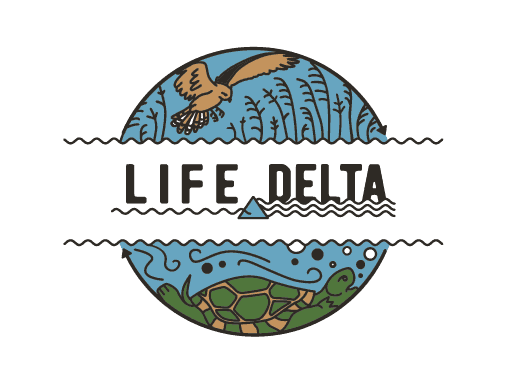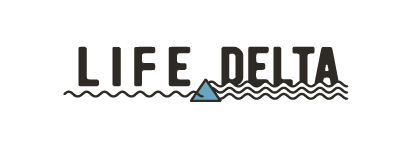A1 Field tasks equipment
A2 Technical projects and necessary permits and arrangements
A3 Development of GIS and meta-model
B1 Purchase of land
C1 Improvement of hydrological conditions of the inland delta of Nida River
C2 Active protection of riparian forests
C3 Restoration of meadow habitats to favorable conservation status
C4 Initiation of grazing
C5 Active protection of birds
C6 Reintroduction of Emys orbicularis
C7 Reintroduction of Unio crassus
C8 Protection and breeding of other aquatic organisms, with particular interest of Anisus vorticulus
C9 Restitution of Vertigo moulinsiana and Vertigo angustior
C10 Restitution of Bombina bombina and Triturus cristatus
C11 Preserving the gene pool of plant species
C12 Chanelling of touristic traffic
C13 Other actions or protection of the inland delta
D1 Environmental monitoring
D2 Hydrological monitoring
D3 Assessment of socio-economic impact
D4 Evaluation of ecosystem services
D5 Monitoring of the key performance indicators LIFE KPI
E1 Promotional activities
E2 Educational activities of the project
E3 Conferences and seminars
E4 Layman report and scientific report
E5 Networking with other projects
E6 Transferability and replicability of project activities
F1 Project management
F2 Steering comitee
F3 Monitoring of the project implementation
F4 External financial audit
F5 Conservation plan After LIFE

Project actions




